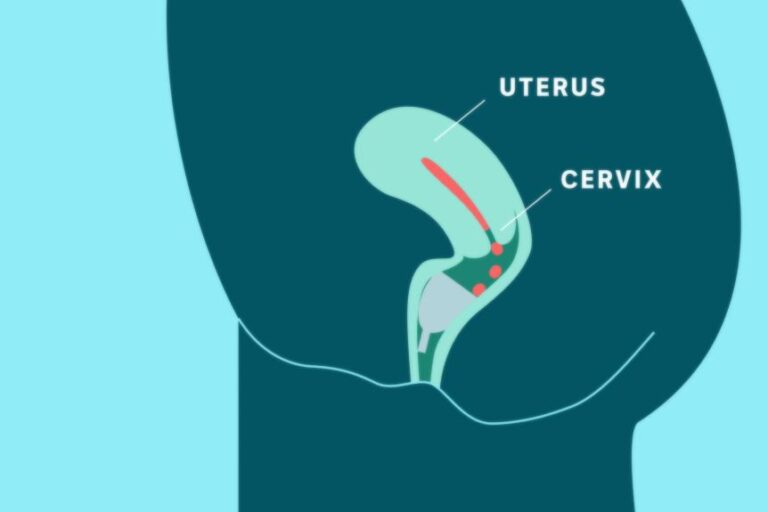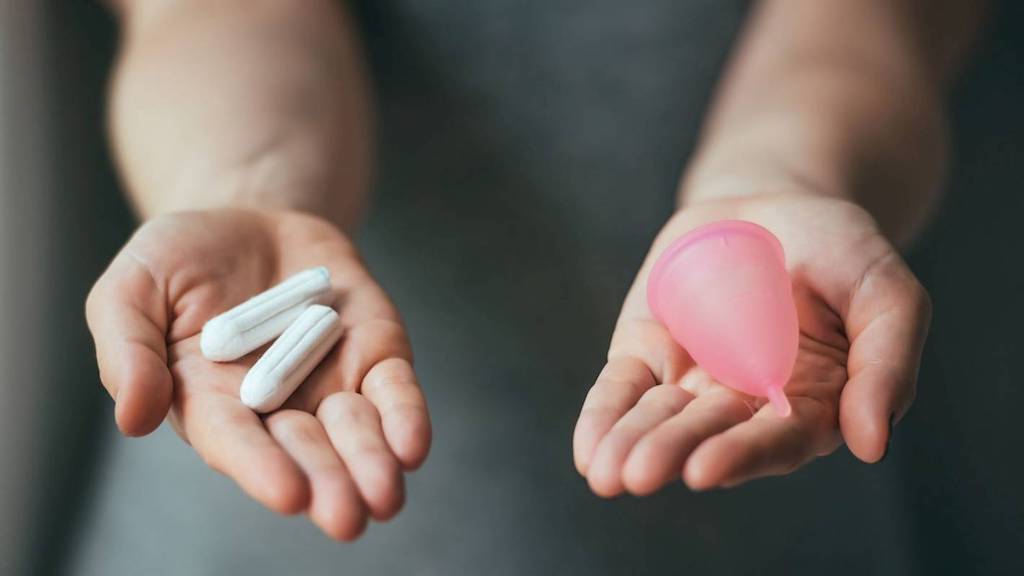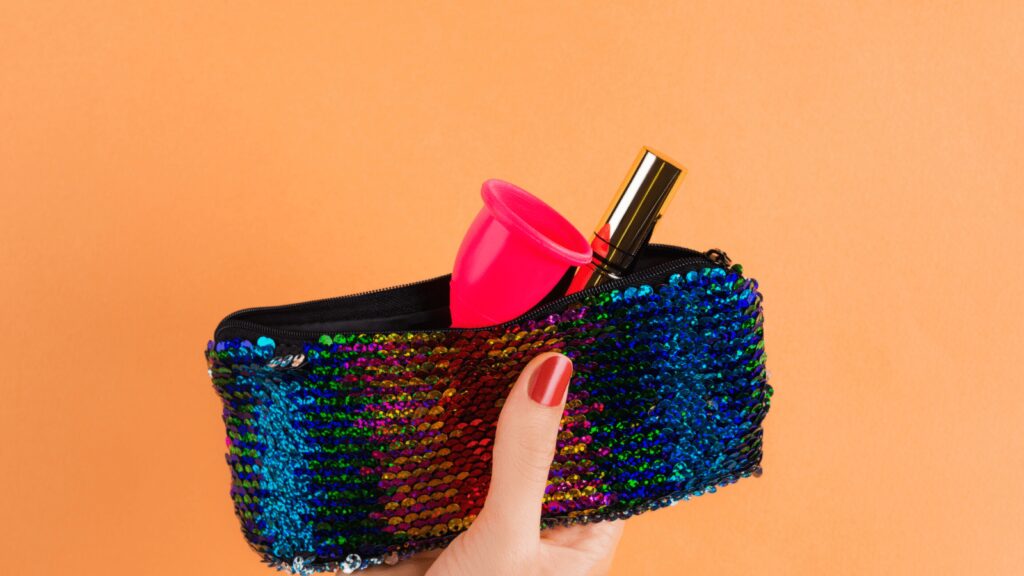My initial thought about menstrual cup : “there’s NO WAY i would ever be sticking our fingers up there and using a reusable menstrual product“
Interestingly, they are as effective as sanitary pads and tampons – and less expensive. Switching to a menstrual cup takes a little getting used to. But since I switched to a menstrual cup, I’ve never looked back.
Here’s my experience :
Menstrual Cup Facts :
The reusable, bell-like devices unfold in the vagina to stanch menstrual flow. This menstrual cup is made of medical-grade rubber or silicone, which means they can be safely inserted into your body. They can be worn for 4-12 hours before you empty, rinse and reinsert it.
Unlike pads and tampons, it is free from toxins, perfumes, and bleaches and leaves no fibre residues in the vagina. This drastically decreases the risk of getting bacterial or yeast infections and rashes.
After thorough research and personal experience, i found out that menstrual cups are as effective as sanitary pads and tampons – and less expensive, too. They are also a more eco-friendly option than disposable period products. Interestingly, although the patent for the first menstrual cup was issued nearly 100 years ago, the devices have not been widely embraced because of religious and cultural beliefs – taboos about touching one’s own genitals and coming in contact with menstrual blood.
How does The Menstrual Cup work ?
Menstrual cups come in all different shapes in sizes, but for the most part they are bell-like devices made of medical-grade silicone or rubber that is inserted into the vagina to enclose the cervix.
Most menstrual cups have a silicone end that extends from the cone to help with easy removal. In order for the cup to successfully prevent leaking, it must be inserted in the correct way to ensure that the cervix is properly sealed. it can then be left in place between 8 – 12 hours.
In contrast to tampons that soap up menstrual blood released from the cervix, a menstrual cup will trap and collect it. This means that when you remove it you will dispose of your blood in the toilet or sink before re-inserting.
If you are out in public without access to a private restroom, you can dispose of the blood in the toilet and reinsert the cup immediately. When you are at home, it is recommended you rinse and wash your cup in between uses. For myself, I place my cup in a pot of boiling hot water to ensure it is fully clean and help it last longer.

Why did I switch to a menstrual cup ?
1. Better for my body
While there are many organic tampon and sanitary pad companies popping up that are being transparent about their ingredients, the safest bet is to go with a single-source product made from medical-grade silicone : the menstrual cup. It will definitely decrease the risk of getting bacterial or yeast infections and rashes, as there won’t be any residues or post-consumption waste.
2. Last longer
We can keep a menstrual up to 12 hours, which means you are really only changing it once or two a day. For low-income women who experience so-called period poverty and are unable to afford sanitary products when needed, the cup can be her lifesaver.
In my personal experience, I have 2 cups for a more hygienic approach. I start the day with one cup inserted. I keep one clean up in the box, which I take out with me for the day, and after 6 hours I will swap it with the one I’ve got in. Once I arrive home at night, I can clean and disinfect both two cups.
3. Better choice for the planet
As we all know, many tampons and sanitary pads use plastic applicators and linings that are harmful to the environment. All of these end up in landfills and are not biodegradable and take forever to decompose. Did you know that one menstrual cup can replace up to 3 – 5 years worth of tampons and pads without any waste byproduct.

Which menstrual cup is the best for me ?
On my journey switching to a menstrual cup and finding my perfect cup, I researched and found menstrual cup comparison chart which I found useful to compare different brands, length, diameter, and capacity of each menstrual cup.
I was still not convinced with the available options, hence I decided to take the quiz to find the best menstrual cup for myself. viola ! I found mine. I strongly suggest you to take this quiz to help narrow down and finalise which cup is perfect for you.
Before you take the quiz, please remember that :
1. Putacupinit is not doctors or medical practitioners. They are advocates that have over 20 combined years of experience as cup users and they have spent countless hours talking with other users, learning from their experiences.
2. Answer questions based on your average – not doing so will cause your answers to be less accurate, resulting in a less than perfect cup. Keep in mind that it’s normal to empty your cup more often on heavier days.
3. join their facebook community to learn more tricks to ensure your cups leakproof and works perfect !
Last but not least, each brand has a different mission, style, price-point and story. You may want to find the one that most resonates with you. Most importantly, know that no matter which brand you start with, expect some learning curve.

Just like any new thing, there’s a learning curve :
Because switching to a menstrual cup takes a little getting used to.
Firstly, get over the guilt and awkwardness of “putting your fingers up there”. Periods are normal and natural, so are vaginas. It’s just blood and it will be gone with a little hand washing. Deep breaths. You got this.
Secondly, each menstrual cup has a distinct style and requires you to fold in half, insert and twist. Based on my conversation with other users, it’s the twisting piece most people need some time to get used to. You will get the feeling of when the cup is fully secured over your cervix. if not, it will leak. Give it time and practice. Everybody is unique so give yourself and your body some time to figure it out.
And now… you know how to make your life even easier, or at least, your periods.



